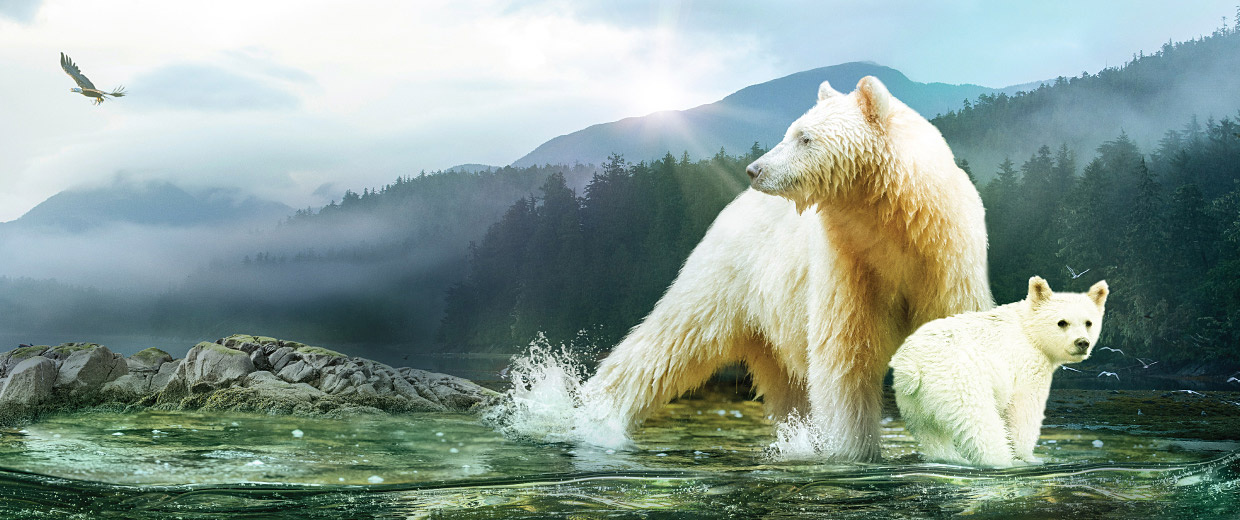Primary
Secondary
Tertiary
Quaternary
Through stunning larger-than-life images, CINÉ+ takes you on an exciting journey through culture and history via a wide array of enlightening documentary films.
Equipped with a laser projector boasting full 4K resolution, CINÉ+ offers projections on the largest and brightest screen in the region, as well as immersive projections on its dome screen. Let our team help you choose from a wide selection of outstanding films to support your school curriculum, entertain your tour group, or enhance your next private event. Book your group into one of our scheduled screenings, or request a film from our CINÉ+ On Demand selection.
Cards Module - on demand
An evening with Perdita Felicien
Hurdler Perdita Felicien talks about life after athletics and becoming a Black role model.
An evening with Desmond Cole
Author and activist Desmond Cole shares his perspective on being Black in Canada.
An evening with Jaime Black
Métis artist Jaime Black explores memory, identity and resistance through the REDress Project.
Cards Module

Copy - Superpower Dogs 3D (SH)
Explore the world through the eyes, ears and noses of elite rescue dogs as they dive head first into the heat of the action in this immersive live-action adventure.

Membership card
Membership price: INDIVIDUAL | $65
20% discount for seniors 65+
CINÉ+ on Demand Module - Science and Human Achievement
Digital on Demand Cards Module
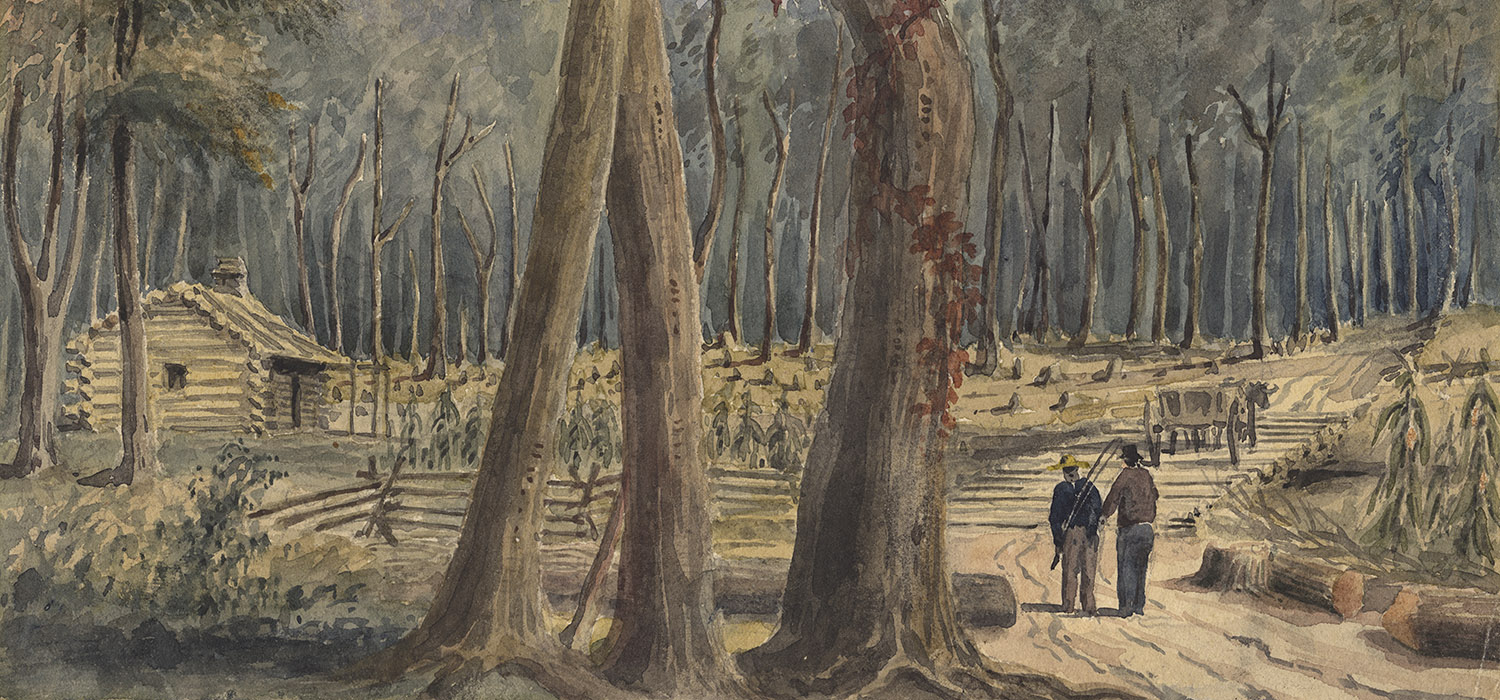
Resource
History Hall Article – At the Edge of the Forest
Cutting trees was hard work. Settlers used a felling axe to chop down trees, a broadaxe to square logs, and horses or oxen to move timbers for building.
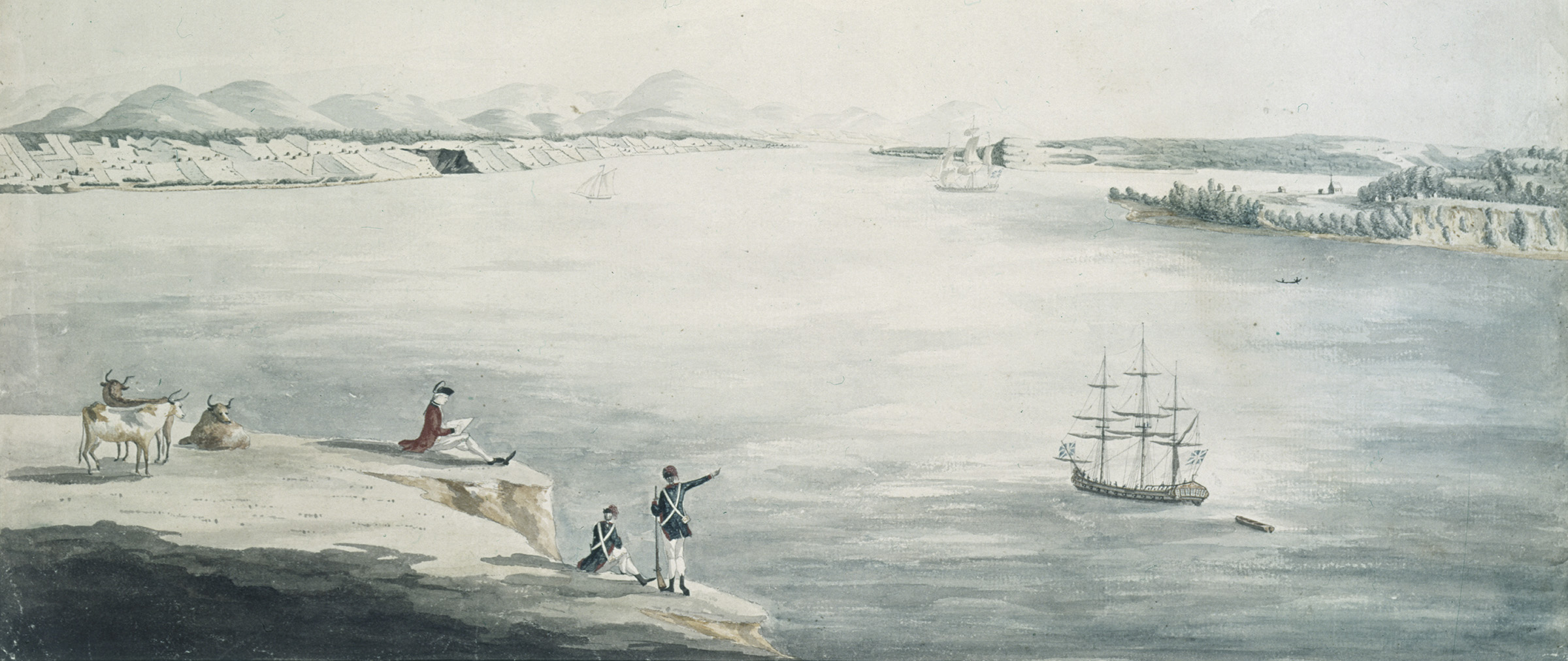
Resource
History Hall Article – British Newcomers
After the Conquest, the British quickly realized that they could not govern Canada without the cooperation of the French-speaking population.

Resource
History Hall Article – Meet me at the Tavern
Taverns were popular gathering places across British North America. Signs and carved statues, like this one of French Emperor Napoleon Bonaparte, welcomed thirsty patrons.
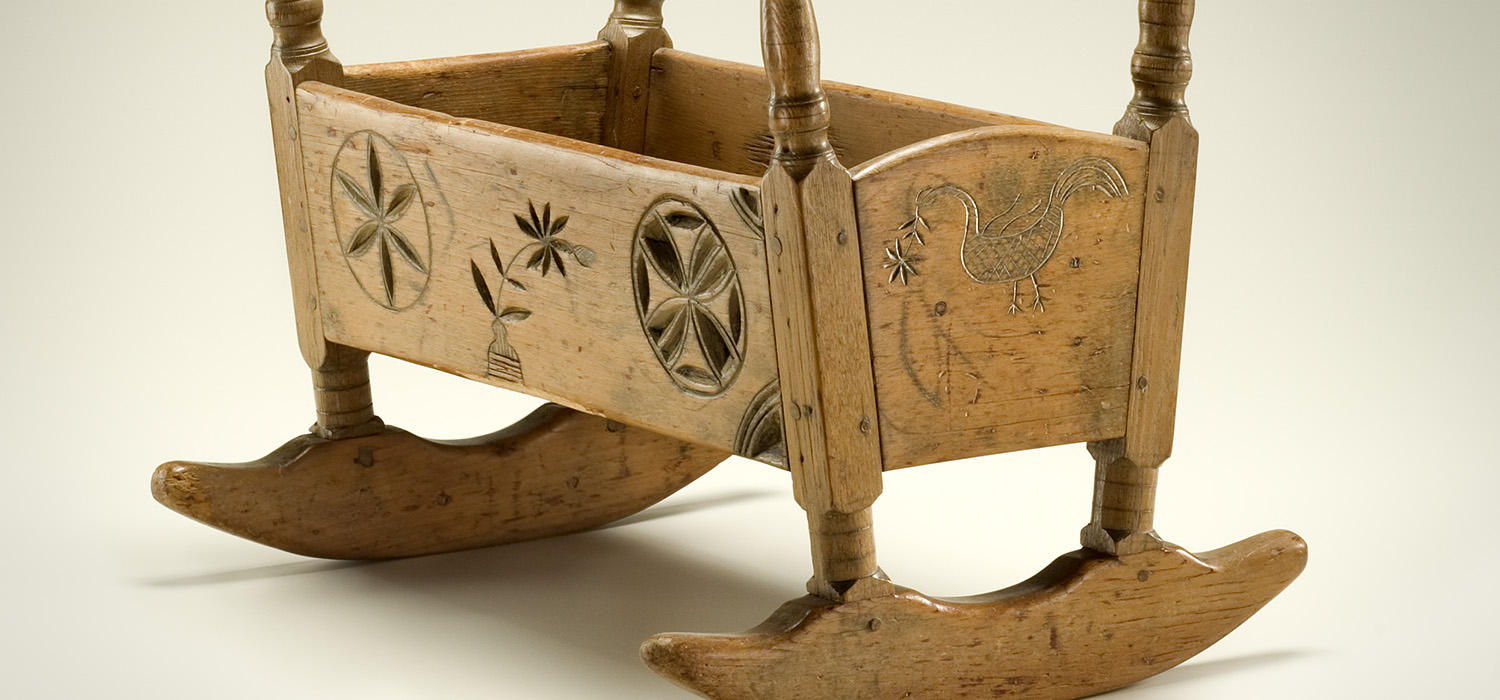
Resource
History Hall Article – Making a Home
With royal officials in control, New France became more than a fur-trade outpost. French women arrived in large numbers, and farms and families flourished.
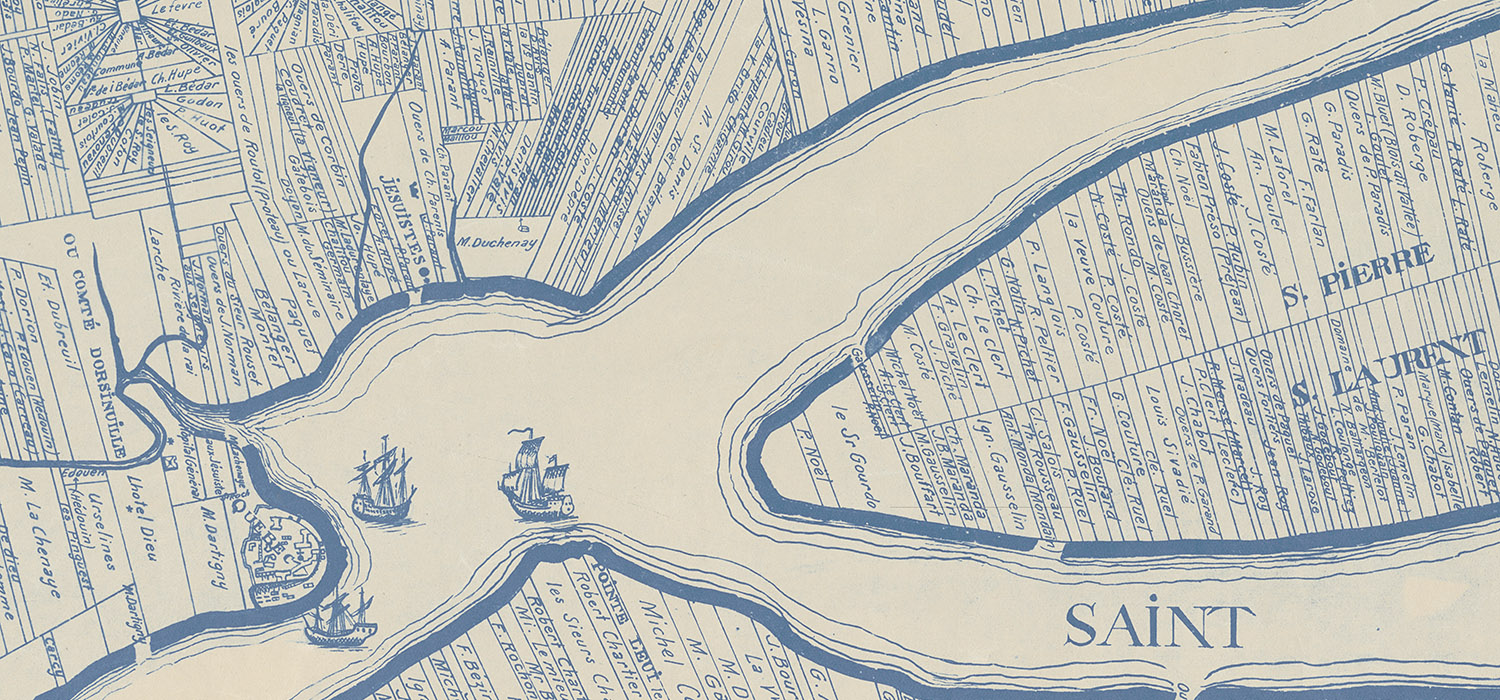
Resource
History Hall Article – Governing New France
History begins with the First Peoples.
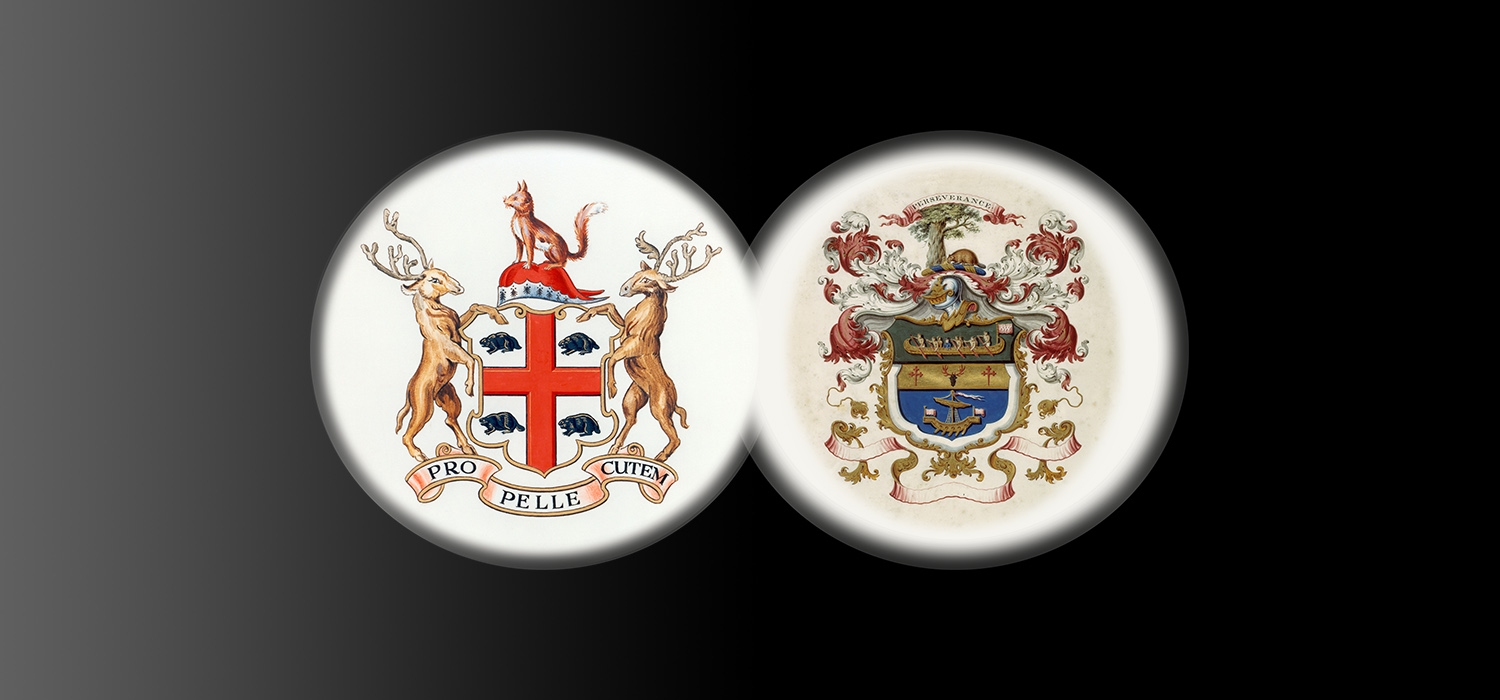
Resource
History Hall Article – Newcomers from Two Directions
In the late 1700s and early 1800s, Indigenous peoples in North America’s northern interior accepted a sustained Euro-Canadian presence in their homelands.
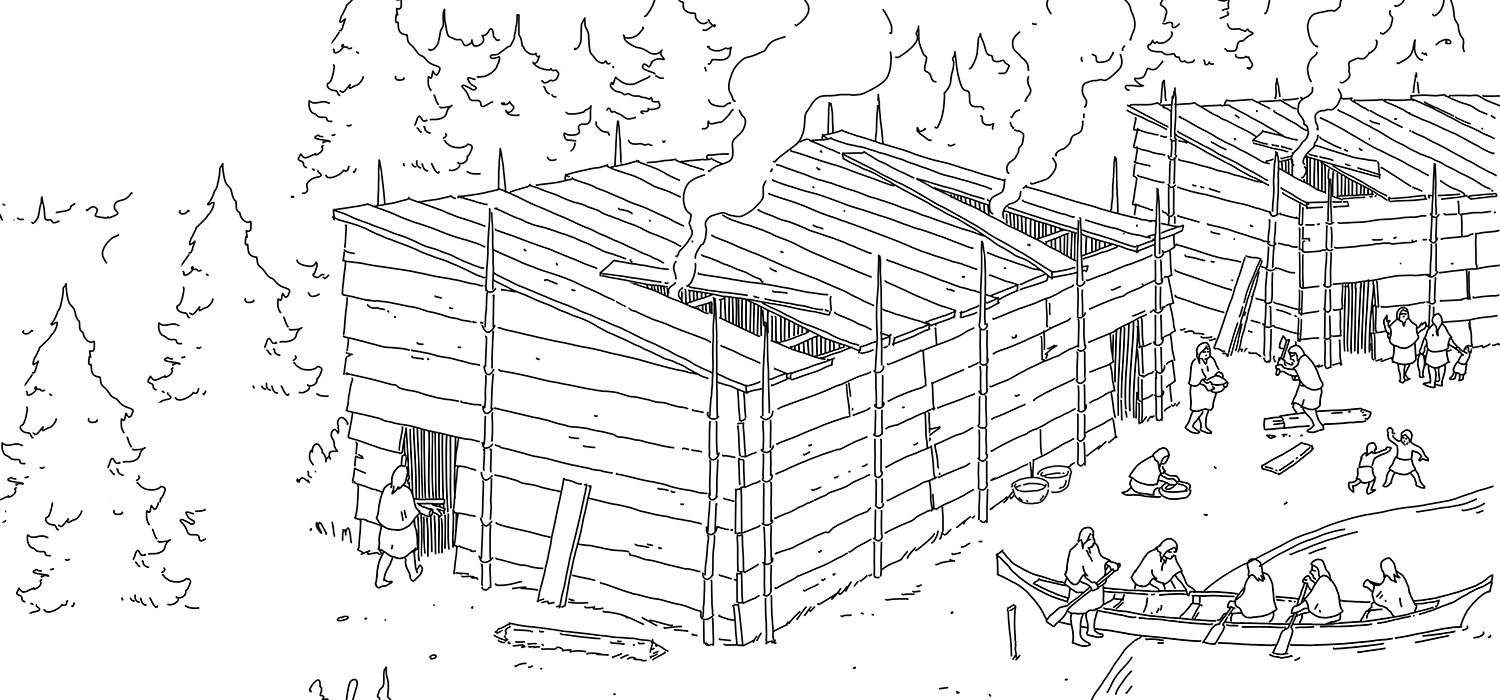
Resource
History Hall Article – Plank House Villages
On the West Coast, First Peoples created wealth from salmon fishing. Surpluses from the fishery supported large permanent villages led by powerful chiefs and their families.

Resource
History Hall Article – Negotiating Treaty 7
Between 1870 and 1877, Plains First Nations negotiated seven treaties with the Canadian government.
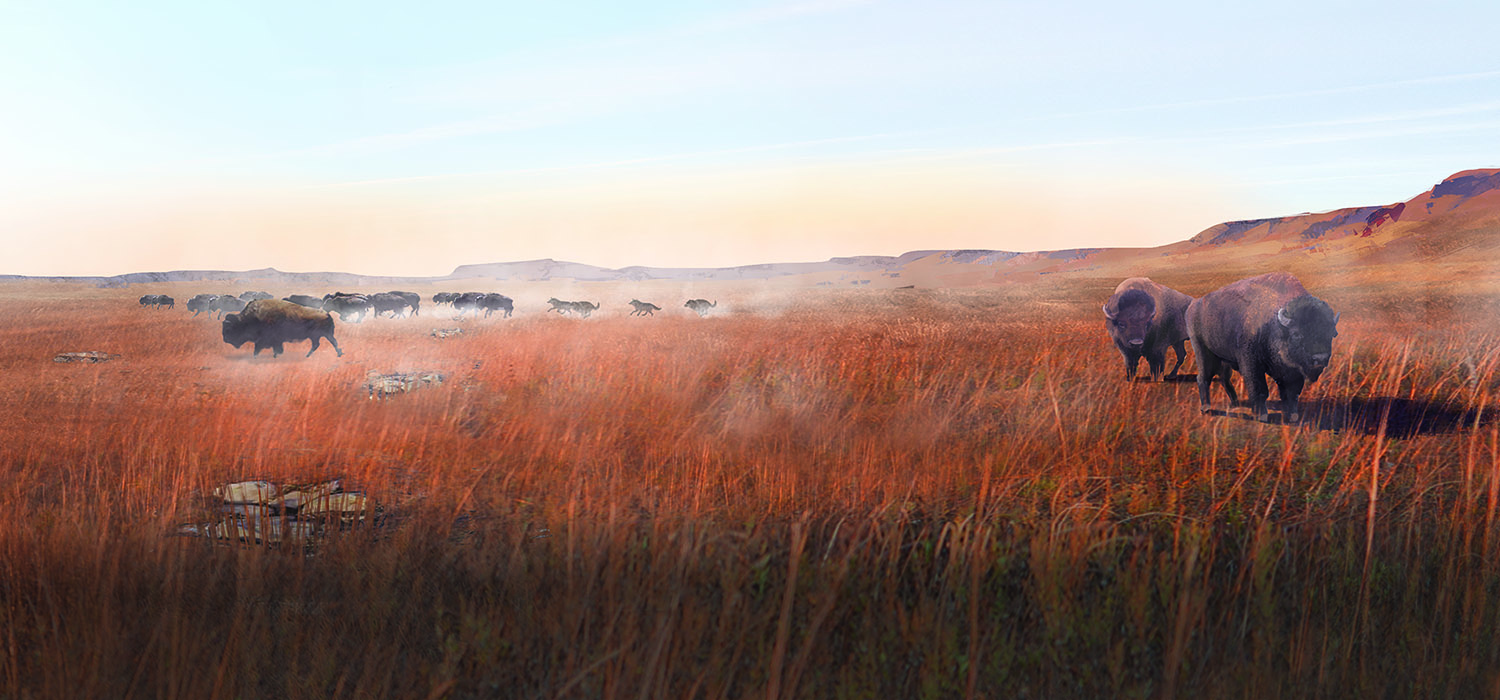
Resource
History Hall Article – Head-Smashed-In Buffalo Jump
On the Northern Plains, First Peoples developed a unique way of life centred on hunting bison herds.

Contact us
Jean-François Lozier
Curator, French North America

